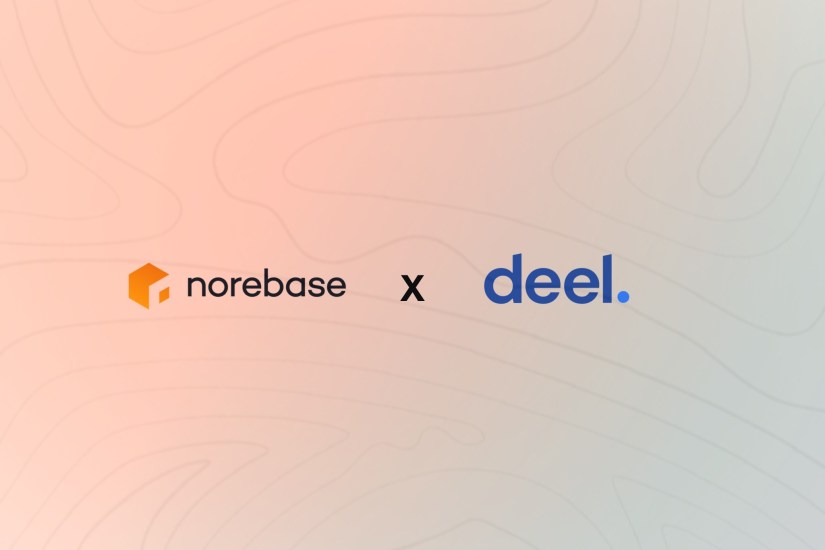Nigeria recently implemented the Expatriate Employment Levy (EEL), a policy aimed at addressing the complex interplay between foreign expertise and local employment opportunities. This article explores the key aspects of the EEL, its intended goals, and the potential implications it may hold for both businesses and the Nigerian workforce.
The Rationale Behind the Levy
The EEL was introduced by President Bola Tinubu with the aim of achieving several objectives:
- Boosting Employment for Nigerians: The levy aims to incentivize companies to prioritize qualified Nigerians for open positions. This, in turn, could lead to a decrease in unemployment and an increase in skilled professionals within the local workforce.
- Bridging the Wage Gap: The EEL hopes to create a situation where companies find hiring qualified Nigerians more attractive due to the cost associated with employing expatriates. This could potentially lead to a narrowing of the wage gap between local and foreign professionals.
- Revenue Generation: The fees collected from the levy will contribute to government revenue, which can be used to fund various development initiatives.
- Promoting Knowledge Transfer: The EEL might encourage companies to invest in training and development programs for their Nigerian employees, facilitating knowledge transfer from expatriates to the local workforce.
Who is Affected by the EEL?
The levy applies to expatriate workers who:
- Hold quota positions: These are specific positions that require approval from the Nigerian government for foreign workers to fill.
- Work under temporary work permits: This includes individuals brought in for specific projects or short-term assignments.
- Stay or work in Nigeria for 183 days or more: This applies even if the 183 days are spread out across the year.
Exemptions from the Levy
It’s important to note that the EEL does not apply to:
- Staff of diplomatic missions and government officials.
- International agency employees and their dependents, unless they hold additional employment in Nigeria.
Levy Rates and Payment Details
The EEL has different rates depending on the position of the expatriate:
- $15,000 USD: This applies to directors and other high-level positions.
- $10,000 USD: This applies to all other categories of expatriates.
The levy is payable annually, with the deadline being the last day of February of the following year.
Get started with AutoComply today to stay compliant with all your regulatory obligations.
Uncertainties and Ongoing Discussions
While the EEL has the potential to address some key concerns related to the employment landscape in Nigeria, it also raises questions and potential challenges:
- Effectiveness in achieving its goals: Whether the levy will successfully incentivize companies to prioritize local hiring and bridge the wage gap remains to be seen.
- Impact on foreign investment: Concerns exist that the EEL might discourage foreign businesses from investing in Nigeria due to the additional costs associated with employing expatriates.
- Implementation and enforcement challenges: Ensuring transparent and efficient implementation of the EEL is crucial to avoid unintended consequences.
The EEL is a new policy, and its long-term impact on the Nigerian economy and job market will depend on various factors, including effective implementation, adaptation by businesses, and how the policy evolves over time. The coming months and years will provide valuable insights into the effectiveness of this initiative in achieving its intended goals while addressing potential challenges.
Staying Compliant with AutoComply
AutoComply was created to transform compliance into a company’s superpower, eliminating the burden of managing compliance tasks on spreadsheets.
Below are AutoComply’s features:
1. Discovery Dashboard
The initial step in grasping compliance involves identifying the specific requirements for your company. AutoComply’s discovery dashboard accomplishes this by displaying obligations relevant to your company based on its country of incorporation, company type, and industry. It also supports multiple company discovery, allowing users to switch between companies or view all obligations at once through the obligation planner view.
2. Automated Task and Sub-task Tool
Government-imposed obligations typically require the submission of forms or documents. Assigning a single team member to collect and maintain the specifics for each obligation can lead to human errors and missed deadlines over time. AutoComply addresses this issue by enabling collaborative document completion.
Admins can assign specific tasks for obligations to team members, and AutoComply automatically generates the necessary documents for submission to regulatory authorities or government agencies.
3. Alerts via Email, Slack, and Teams
Timely compliance is essential, and AutoComply helps teams stay informed about upcoming obligations with real-time alerts delivered via email, Slack, and Microsoft Teams. Users also receive email summaries of all pending obligations.
4. Document Management System
As demonstrated by the features mentioned earlier, compliance obligations generate various documents. AutoComply assists teams in managing these documents by automatically archiving them in smart folders matching the obligation, reference, and the month of generation. Users can also create their own folders and upload external documents.
5. Ancillary Features like PEP and Sanction Screening
In addition to standard compliance obligations, some companies may need to handle specific tasks such as Politically Exposed Persons screening or monitoring sanction watch lists for their customers. AutoComply offers the capability to perform these functions through a third-party integration with a global Know-Your-Customer (KYC) provider as part of its comprehensive suite of services.



